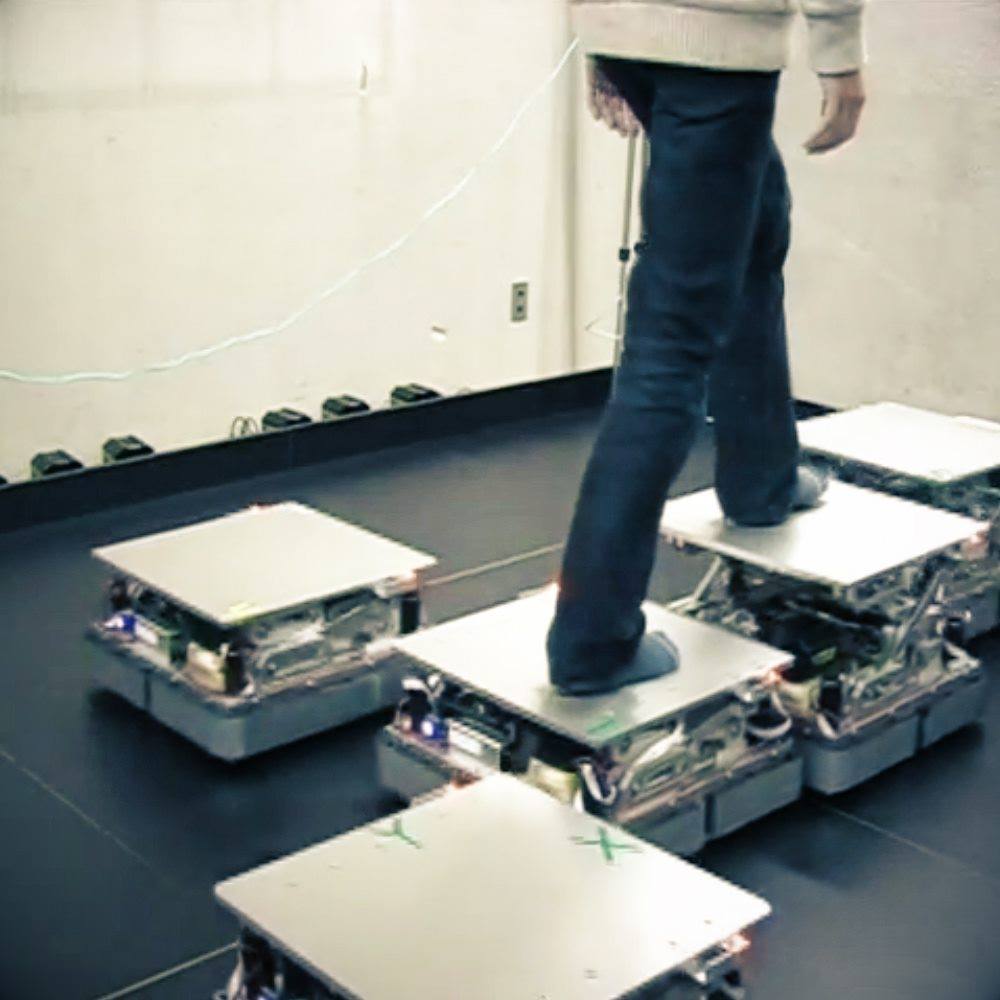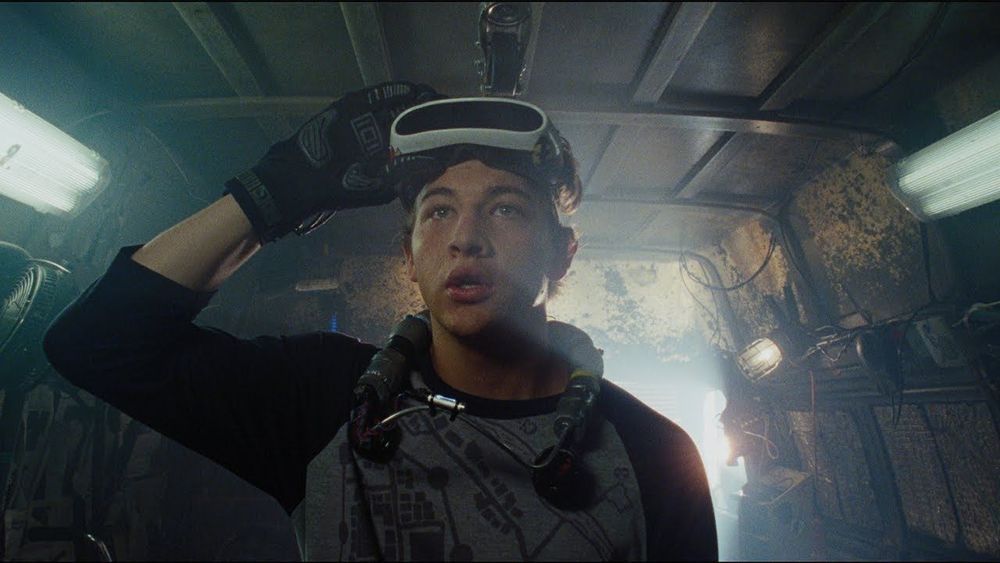Jul 7, 2019
Intelligent Stepping Stones
Posted by Shailesh Prasad in categories: robotics/AI, virtual reality
These robotic tiles can track your every step to create an immersive VR experience via 筑波大学|University of Tsukuba.

These robotic tiles can track your every step to create an immersive VR experience via 筑波大学|University of Tsukuba.
Though it may not have the sting of death and taxes, presbyopia is another of life’s guarantees. This vision defect plagues most of us starting about age 45, as the lenses in our eyes lose the elasticity needed to focus on nearby objects. For some people reading glasses suffice to overcome the difficulty, but for many people the only fix, short of surgery, is to wear progressive lenses.
“More than a billion people have presbyopia and we’ve created a pair of autofocal lenses that might one day correct their vision far more effectively than traditional glasses,” said Stanford electrical engineer Gordon Wetzstein. For now, the prototype looks like virtual reality goggles but the team hopes to streamline later versions.
Wetzstein’s prototype glasses—dubbed autofocals—are intended to solve the main problem with today’s progressive lenses: These traditional glasses require the wearer to align their head to focus properly. Imagine driving a car and looking in a side mirror to change lanes. With progressive lenses, there’s little or no peripheral focus. The driver must switch from looking at the road ahead through the top of the glasses, then turn almost 90 degrees to see the nearby mirror through the lower part of the lens.

Where reality is still lagging considerably is in recreating the physical experience of VR. In the movie, the haptic gloves OASIS players wear make them virtual objects almost indistinguishable from real ones. Other characters have even more advanced set-ups, like full-body haptic suits that simulate both pleasure and pain, complicated harnesses and treadmills that allow users to run around and move their bodies just like they would in real life, and even “smell towers.”
But a report released by analysts IDTechX to coincide with the movie’s release suggests the first step towards most of these technologies has already been taken. VR handsets already feature the same kind of rumble packs found in computer game controllers that provide simple haptic feedback in the form of vibrations.
Continue reading “How Big Is the Gap Between ‘Ready Player One’ and Current VR Tech?” »
We get hands-on with the latest VR headset from Oculus and find out whether six degrees of freedom is enough to justify the price tag.
Microchips are becoming ubiquitous as augmented and virtual reality become mainstream, USA Today reports.
An exciting new study from the University of Cambridge is demonstrating how a novel virtual reality navigation test can better predict which patients are in the early stages of Alzheimer’s disease compared to other currently used “gold standard” cognitive tests.
Is the future finally here? The arrival of 5G (fifth generation mobile networks) has been keenly anticipated and long discussed. And if you attended the latest Mobile World Congress, held in Barcelona in February, you would have seen plenty to suggest that 5G will take off in 2019. Smartphone manufacturers are busy preparing their 5G models, the wireless networks on which they will run are being planned, and there is no shortage of visionary use cases highlighting how virtual reality and other technologies will harness 5G’s amazing power and connectivity. In short, our lives are about to change.

The world’s first virtual reality gym just opened in San Francisco, offering a next-generation workout via a computer games-based distraction technique that aims to put the fun back into exercising.
Black Box VR promises a gym experience like no other by giving users a full-body workout while virtually immersed in another world that requires them to fight battles and beat their opponent.
Continue reading “Get your head in the game: World’s 1st VR gym opens in San Francisco (VIDEO)” »
A rise in the number of game developers, adoption of brain computer technology to enhance the complete gaming experience is triggering the growth of BCI market. The BCI application in 2017 has also influenced the smart home control sector and is believed to grow rapidly during the forecast period of 2018 to 2025. The high living standards across U.S and Canada are held responsible for the demand of BCI in smart home control system industry.
Brain-computer interface (BCI) is a technology that agree to communicate between a human-brain with an external technology. The term can be referred to an interface that takes signals from the brain to an external piece of hardware that sends signals to the brain. There are different brain-computer interface technologies developed, through different methods and for diversified purposes, including in virtual reality technology.
Continue reading “Brain Computer Interface Market — Bridging Gaps Between Machines And Humans” »